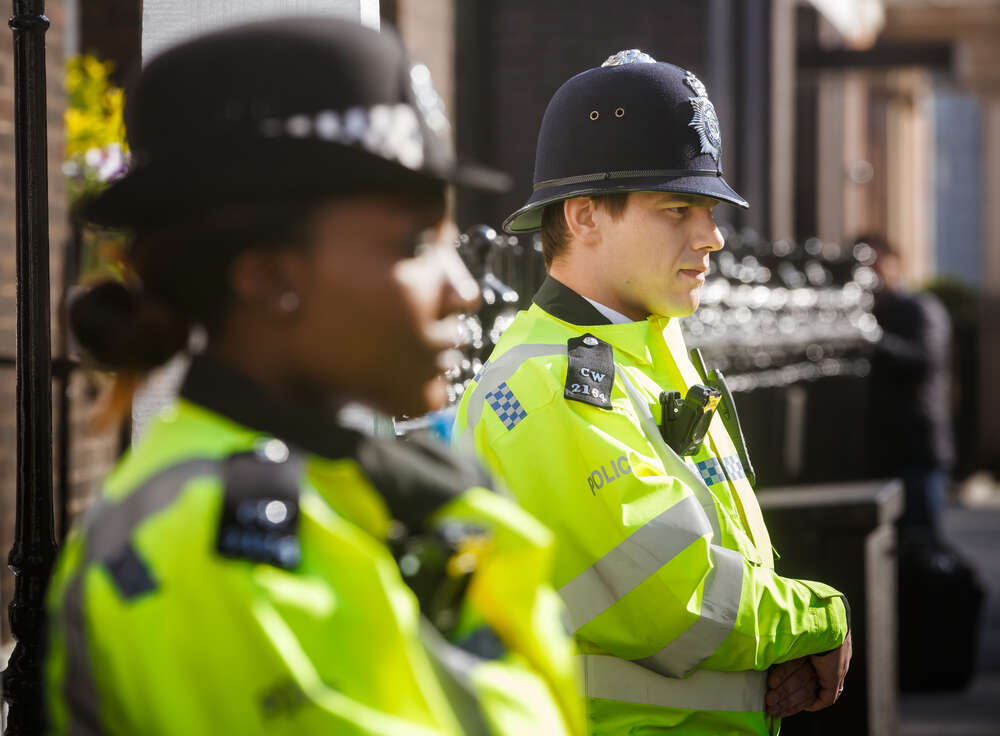
Last month, the Metropolitan Police Service (MPS) unveiled its Digital Policing strategy for the next five years. Among its objectives is the ambition to become “a fully data-driven organisation – where informed operational and organisational decisions are made based on a full and comprehensive understanding of the breadth of information at the MPS’ disposal”.
Among other goals, the improved ability to analyse data to spot trends will help the MPS, also known as the Met, to “focus on preventative, rather than reactive policing operations and tactics”, the strategy says.
But this is not the start of the Met’s journey to becoming a data-driven organisation. I recently spoke to Phil Tomlinson, head of digital intelligence services at MPS, to hear how it approaches new sources of digital evidence and the technology required to analyse them.

Digital evidence at the Metropolitan Police Service
There is certainly no shortage of digital data sources that can help the Met police solve crimes and improve operations. Recent examples include “new intelligence databases, crime reporting systems, CCTV, [automatic number-plate recognition], data analytics, radios, body-worn video or indeed the use of social media,” explains Tomlison.
Now, even more sources of digital evidence are emerging. “We now have millions of websites and apps available to download or access from our smartphones – many of them enabling free, encrypted communication and other services,” Tomlinson says. “Behaviour has changed too, especially since the start of the pandemic. Shopping, banking, meetings, conferences, dining, fitness, gaming, watching films and listening to music is all being conducted online – as [are] many forms of criminality, such as drug dealing, intimidation, and fraud.
“As such, police investigations have become more complex than ever,” he adds.
To tackle this explosion in digital evidence, the Met is bolstering its analytical capabilities. “We are investing in intelligence and analytical systems that will allow us to better manage, visualise and ‘connect the dots’ and we are confident this will allow us to link offences together more effectively, identify relevant evidence quicker and present complex information in a way that makes it easier to understand.”
Looking ahead, the MPS plans to invest in technologies that can help link together all the information assets it holds about a particular person, object, location or event (POLE), the Digital Policing strategy reveals. Master data management, advanced analytics, and graph database technologies will allow the force to derive critical insights into MPS data, identify and instantiate the links between data, and manage the provenance and audit of those links as they change over time.
The Met has to be ethical when considering new technology and make necessary, justified, and proportionate use of it.
Given the nature of its work, the organisation must be especially careful to ensure its use of these tools is appropriate. “The Met has to be ethical when considering new technology and make necessary, justified, and proportionate use of it,” explains Tomlinson. “Just because technology means we can do something does not always mean we should. This is why we conduct a Data Protection Impact Assessment before we even consider purchasing new technology.”
The use of digital evidence is also governed by the Management of Policing Information guidelines. The MPS’s forward-looking strategy includes a new framework for managing archival evidence, which includes the use of trained data managers to assess when evidence can and should be deleted.
Developing data capabilities at the Met Police Service
As that suggests, increasing the Met’s analytical capabilities requires more than just technology. “Officers need to be appropriately trained, equipped and tech-savvy to ensure they are identifying the right evidence, from the right place, using the right justification and the right legislation.”
Meanwhile, the MPS is developing “career paths and role structures”, that are aligned to the UK government’s Digital, Data and Technology (DDaT) Profession Capability Framework, to bolster its digital capabilities.
Ultimately, the Met is looking both in and outside its organisation for ideas and expertise that can help it become a truly data-driven police force. “We are keen to work with academia, start-ups, as well as global technology brands to solve problems and explore ideas,” Tomlinson says. “We also have many bright, enthusiastic, and professional staff working in the MPS – and I am confident they will embrace the opportunities and tackle the challenges head on.”






